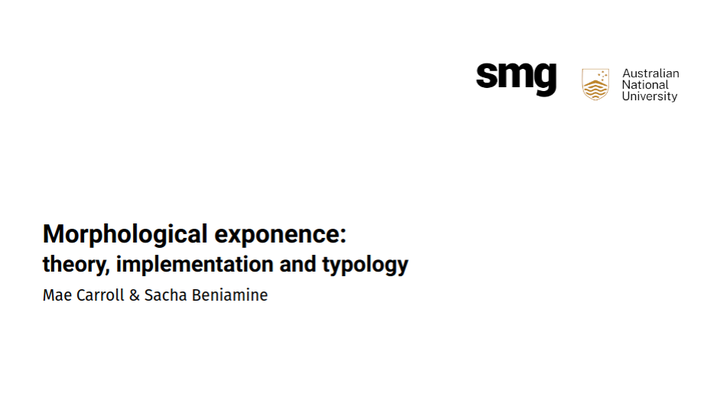
Abstract
The central tasks of morphological analysis are the segmentation of wordforms into component formatives and identification of exponence relationships between formatives and grammatical meanings. Despite this, there is currently no language-independent procedure for segmentation of wordforms into formatives (Spencer, 2012) nor for determining the particular mapping of exponence given a seg- mented paradigm (Carroll, 2022). Further, the same set of data can often result in multiple analyses (Lounsbury, 1953). In this paper, we propose an algorithmic procedure to segment wordforms into formatives, paired with a formal definition of exponence which is sufficiently explicit for a computational implementation. We show how our implementation can account for a wide range of data drawn from 7 languages from 6 families drawn from around the world (Table 1). Our approach provides clear definitions for well known exponence types (syncretism, cumulation, allomorphy, verbosity) as well as fine-grained measures for traditional typological variables such as the fusional index (Matthews, 1974). The benefits of such an approach are: replicability, precision and scalability.